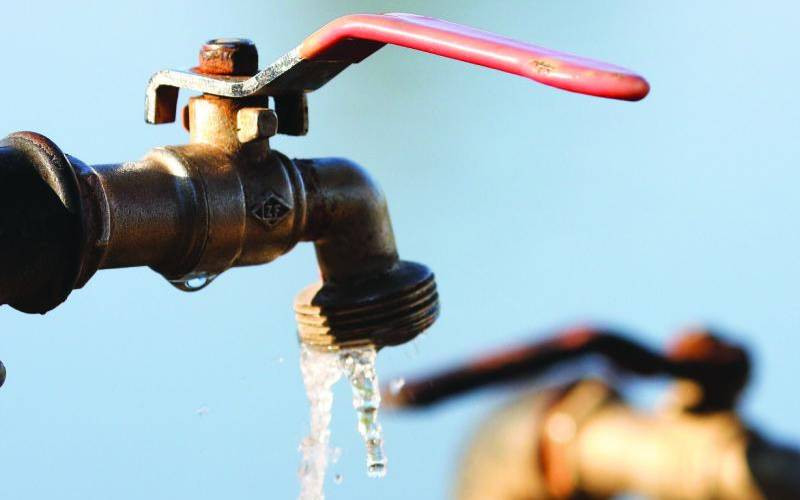×
The Standard e-Paper
Read Offline Anywhere

As the country marks World Water Day, Nakuru residents are upbeat that the stalled multi-billion-shillings Itare Dam in Kuresoi will one day have water running on their taps.